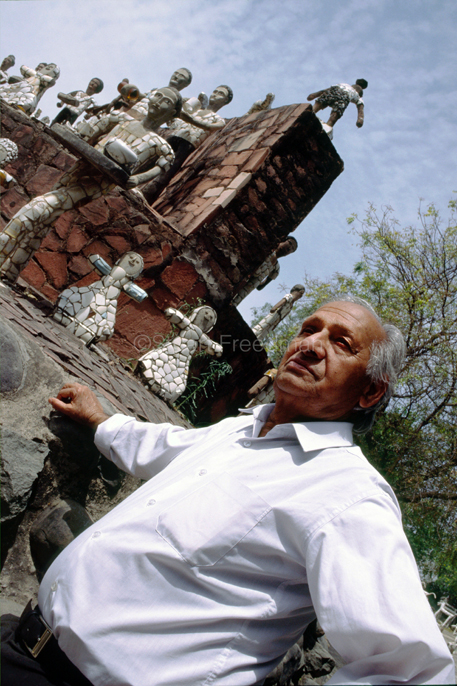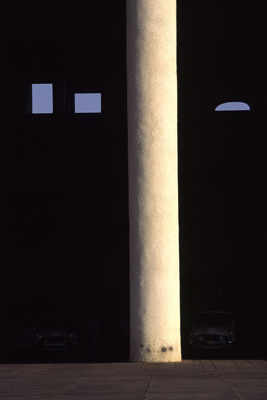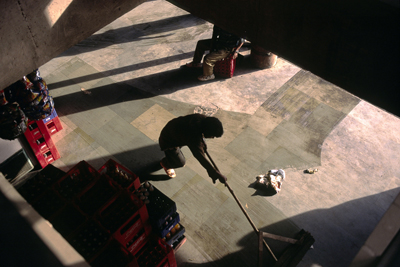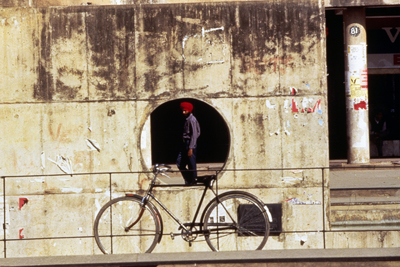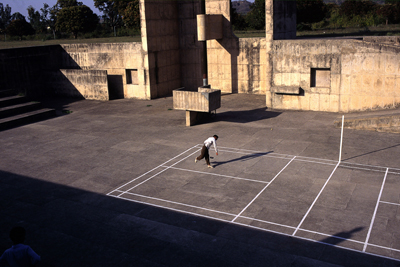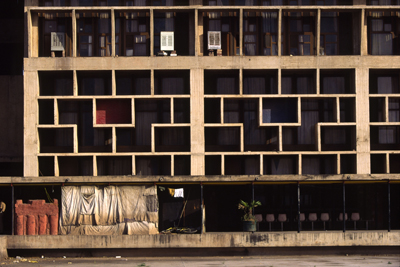In 1996 I was assigned by the Independent on Sunday Magazine to photograph and write a story about Chandigarh, a city in India’s Punjab that had been entirely designed and planned along Modernist lines by the architect and planner, Le Corbusier. I first wrote about that assignment on this blog in 2010 – see here.
During that assignment, my driver recommended that I go and visit a rather dubious sounding rock garden that had been created. Bored and irritable under the blazing sun I turned up asking for a chap called Nick – responsible for what I believed was a inconvenience between me and my hotel room. I couldn’t have been more wrong. Nek Chand, the charming elderly man that met me had, in his spare time – in secret – over the last two decades, built the most extraordinary statue kingdom out of waste materials. By the time the authorities had discovered it, it had grown into a 13-acre complex of interlinked courtyards, each filled with hundreds of pottery-covered concrete sculptures of dancers, musicians, and animals. It was extraordinary. The garden had been embroiled in a fantastic tale of urban corruption, vandalism and official obfuscation but like all good Indian fables, right had triumphed and the forces of destruction had been defeated. The garden would become one of the most iconic sights in that city and Chandigarh would become proud of its amateur artist and his bizarre dream. This morning I learned that Nek Chand, one of the world’s dreamers had passed away at the grand old age of 90. What a sad loss.
